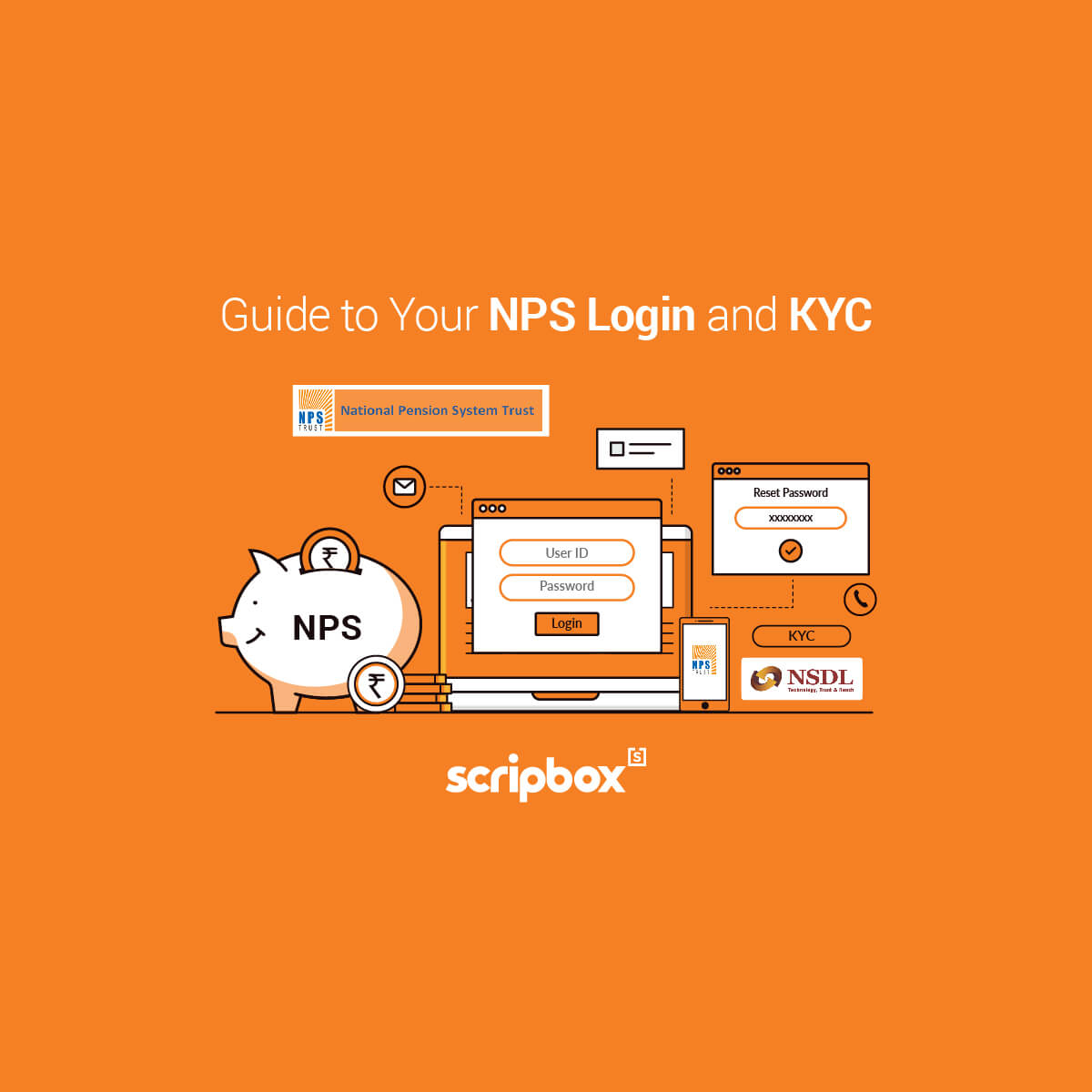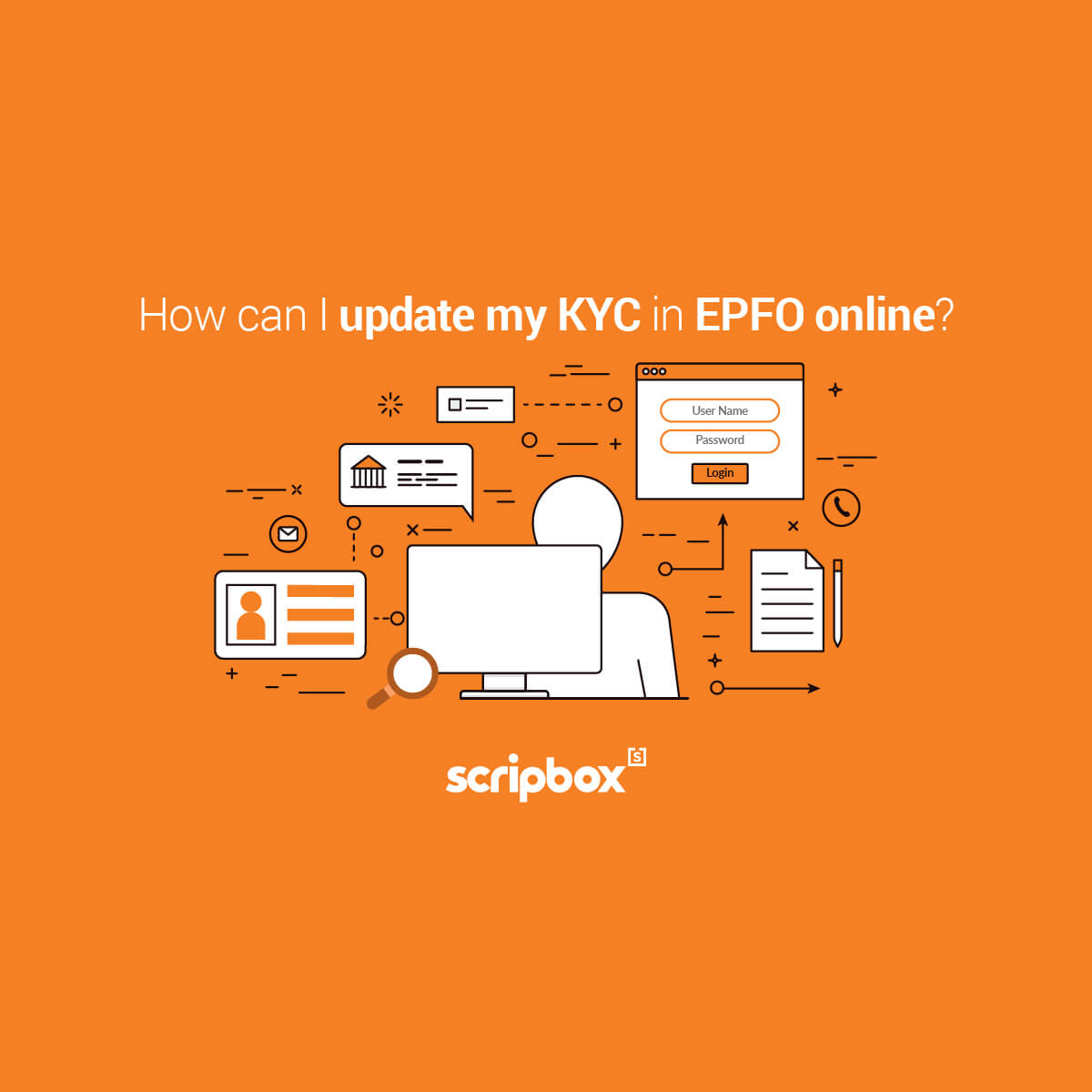Usually, individuals look for safety, returns and tax benefits when they want to invest. They also look for safe investment instruments which can help them meet their financial goals. To meet these purposes, there are two small savings schemes offered by the government. They are the Public Provident Fund and National Savings Certificate. Both the small savings (PPF and NSC) provide safety of capital and guaranteed interest payments over the tenure of the scheme.
To know more, read our complete guide on NSC vs PPF, which is a suitable investment option based on financial needs.
What is a National Savings Certificate (NSC)?
National Savings Certificate is a post office saving scheme offered by the government of India. An individual can invest any amount in this scheme, but the minimum amount of investment is INR 100. The tenure of this scheme is five years. One cannot extend the certificate beyond this tenure. However, individuals can purchase a fresh certificate at the end of 5 years at the prevailing interest rates.
The interest rates in this scheme remain constant throughout the tenure. The current interest rate for an NSC is 7.70% p.a. for July 2025. Also, the interest is compounded annually. Furthermore, the principal amount, as well as interest accrued, qualifies for 80C deduction. However, keeping in mind that the maximum benefit available is limited to Rs.1.5 lakh under Section 80C of the Income tax Act, 1961.
All the residents of India are allowed to invest in NSC. However, NRIs are not allowed to open a new NSC. They can continue to hold their existing NSC until maturity.
What is a Public Provident Fund (PPF)?
The Public Provident Fund (PPF) is an investment cum tax saving instrument. PPF is a long term savings scheme launched by the National Savings Institute in 1968. The Government of India backs this scheme. Hence, the returns are guaranteed. A PPF has a lock in period of 15 years. Any individual can extend the scheme for a block of 5 years. Also, one can open a PPF account with a minimum deposit amount of Rs. 500. As per the new rules, they can invest Rs. 50 any number of times towards their PPF. Moreover, investors can open only one PPF account. Multiple PPF accounts are not allowed.
The rate of interest on a PPF is fixed by the Finance Ministry which is announced every quarter. The current interest rate on PPF is 7.10% p.a.. The interest payment on the PPF account is made on 31st March every year. Also, the PPF scheme falls under the EEE tax-exempt category. This means that the annual contribution, accumulated interest and the maturity amount is tax free. Therefore, PPF has a total benefit of Rs. 1.5 lakh under Section 80C of the Income Tax Act,1961.
Benefits of investing in NSC
The following are the benefits of investing in NSC
- Investment in NSC offers assured returns to investors over a period of 5 years.
- The minimum investment amount is Rs. 100. However, there is no maximum limit for investment in NSCs.
- Many banks allow loans against NSC certificates. Individuals can use NSCs as collaterals to avail loans.
- It is easily accessible as it can be bought from any post office on submission of required KYC documents.
- Individuals can claim for tax exemption under Section 80C of the Income Tax Act, 1961.
Benefits of investing in PPF
The following are the benefits of investing in Public Provident Fund PPF
- PPF is a government-backed scheme and hence the returns are fixed. The rate of interest is not affected by market volatility.
- The minimum investment amount is Rs. 500. However, one can make multiple deposits of Rs. 50 in a financial year.
- Individuals can avail loans against their PPF between the 3rd year and 5th year.
- PPF also comes with withdrawal facilities. Investors can partially withdraw from their PPF after completion of 5 years.
- Investing in PPF also has tax benefits. PPF investments fall under EEE category where investments, interest and redemptions are exempted from tax. The investment amount up to Rs. 1.5 lakh is exempted from tax under Section 80C.
Difference between NSC and PPF – PPF vs NSC
The following are the differences between NSC and PPF
| Parameters | NSC | PPF |
| Tenure | 5 years | 15 years. Can extend for a block of 5 years each time. |
| Minimum Amount | Rs.100 | Rs.500 |
| Maximum Amount | No ceiling on the maximum amount | Rs. 1.5 lakh |
| Rate of Interest | 7.70% p.a. | 7.10% p.a. |
| Account Holding Pattern | Single or joint holders | Only one holder is allowed per PPF account |
| Number of Accounts | Individuals can open as many NSCs in their name. The maximum amount per certificate is Rs. 10,000 | Individuals are allowed to open only one PPF account in their name. The only exception is, when the account is their child name, they can become a joint holder. |
| Contributor | Self, joint holder or guardian in case of a minor | Self or parent in case of a minor |
| Loan against Account | Allowed | Allowed between 3rd year and 5th financial year |
| Premature Withdrawal | One can exit the scheme early except on the death of the investor | Allowed only after completion of 5 years from the date of investment |
| Tax benefits | The principal amount is tax free up to Rs. 1.5 lakh in a financial year. However, interest is taxable under income from other sources | The contribution amount is tax free up to Rs. 1.5 lakh in a financial year. The interest and maturity amount is also tax free. |
| Point of Withdrawal | One can withdraw their NSC only at the post office from where they purchased it. | One can withdraw from wherever they purchased it. Also, they can download FORM C online and submit at the nearest office. |
Read also about the NSC vs ELSS
Conclusion
Both PPF and NSC are considered to be safe investment options. There is a safety of principal amount and surety of returns in today’s market volatility. One of the best ways to optimise returns is to plan how to invest in these schemes. Both PPF or NSC provide tax benefits. Furthermore, one can compare NSC and PPF Interest Rate to understand the returns earned from them. Ultimately, based on financial goals, one can choose to invest in any of these saving schemes.
For long term financial goals like retirement planning, one can choose to invest in a Public Provident Fund as it can also be extended further for a block of 5 years. In contrast, NSC can help investors to meet their small amount of short term goals and help them for tax planning. Therefore, either of the schemes or both can help to fulfil investment objectives. It all depends on the choice of the investor.
However, to estimate the maturity amount, one can use the tools like NSC calculator and PPF calculator available at Scripbox online platform. One can also calculate the interest rate on PPF and NSC with the help of these calculators. These tools are free of cost and can be used multiple times to help investors decide which is a better NSC or PPF.
Check Out NPS vs PPF
Related Articles
- Confused if your portfolio is performing right enough to meet your goals?
- How long have you been investing in mutual funds?
- What is your current portfolio size?
- What is your approximate annual household income?
- Your profile does not qualify for a call with a Financial Expert.
- What is a National Savings Certificate (NSC)?
- What is a Public Provident Fund (PPF)?
- Benefits of investing in NSC
- Benefits of investing in PPF
- Difference between NSC and PPF – PPF vs NSC
- Conclusion





























Show comments